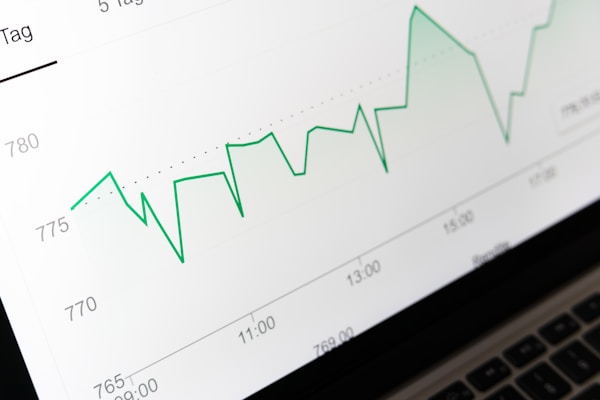There are different types of analytics, each with their own specific uses. Below, you can take a look at some of the different types of analytics and their uses.
Recruitment Analytics

Recruitment analytics is the process of measuring and analyzing data related to the recruitment process in order to improve the effectiveness and efficiency of the process. This data can include things such as the number of applicants, the number of hires, the time it takes to fill a position, the cost of recruitment, and the quality of the hires. But why is recruitment analytics important? It can be used to measure the effectiveness of different parts of the recruitment process, such as job postings, recruiting campaigns, and interviewing. It can also be used to identify areas where the process can be improved, such as by reducing the time it takes to fill a position or the cost of recruitment. Recruitment analytics is important because it allows organizations to measure the effectiveness of their recruitment efforts. It can help identify which recruiting channels are most effective, and it can also help identify which candidates are the best fit for the organization. Recruitment analytics can also be used to evaluate the cost-effectiveness of different recruiting strategies within the hiring process.
Descriptive Analytics
Descriptive analytics is used to understand what has happened in the past. This information can help businesses understand customer behavior, track product performance, and identify opportunities and threats. Descriptive analytics uses data from historical transactions to create reports and graphs that show how different factors have affected outcomes. This information can help businesses make better decisions by understanding what has worked in the past and what hasn’t. If you’re interested in learning more about this type of analytics, you can get a master’s in data analytics online. The online program allows you to advance your career and obtain a master’s degree at your own pace. You can take foundation courses as well as elective courses regarding the field of data analytics.
Prescriptive Analytics
Prescriptive data provides recommendations for the most effective course of action. This information can help businesses optimize their operations by identifying areas where improvements can be made. Prescriptive data takes into account all of the available data as well as business goals and constraints before recommending a course of action. For example, a business might use this to recommend changes to their pricing strategy or suggest new products that should be added to their lineup
Sales Analytics

This is the process of using data and statistics to understand how well a company’s sales force is performing and how it can be improved. The most common type of sales data is performance insights, which uses data about past sales to predict future sales and trends. Performance insights can help companies understand things like which products are selling best, what marketing campaigns are most effective, and where their customers are located. Other types of sales data include customer metrics, which uses data about past customers to identify new potential customers, and product data, which uses data about past products sold to determine which products might sell best in the future. All of these types of analysis can help companies make more informed decisions about how to improve their sales operations.
Customer Service and Support Analytics
Customer service and support data is the practice of analyzing customer interactions and feedback in order to improve the customer experience. This type can be used to track customer satisfaction, identify common issues, and determine which channels are most effective for reaching customers. Support teams can use this data to improve their processes and better serve their customers.
Different types of data are important to businesses as they provide different insights that can be used to improve operations. Overall, data can help businesses make better decisions, understand their customers, and improve their products and services.



